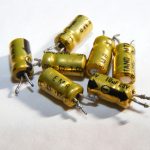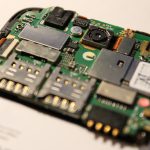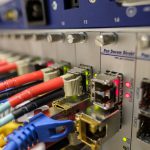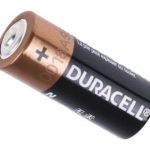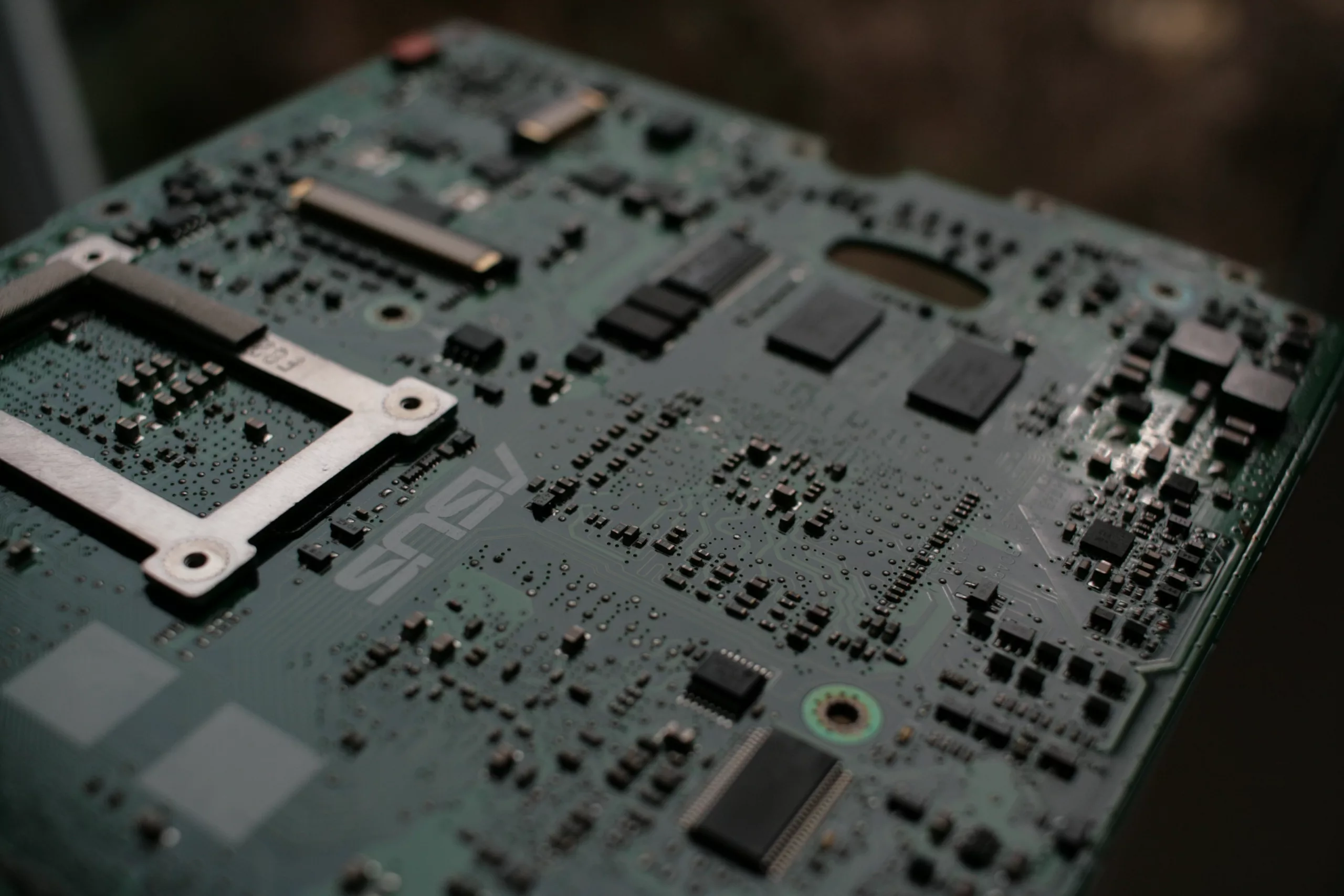
Introduction
Haptics development boards are compact, powerful devices designed to create haptic effects in various applications. Haptics, a technology that simulates tactile sensations and feedback, is key to a truly immersive lightsaber experience. It leverages the touch sense to provide users with a more realistic and engaging interaction. For the lightsaber, haptics can replicate the vibrations, jolts, and resistance a real blade would produce when clashing with another object. This article explores the world of haptics development boards and explores how they might be the missing link to bring the lightsaber to life.
A Short Introduction to Lightsabers
A lightsaber is a unique fictional weapon in the Star Wars universe consisting of a hilt (handle) and blade–that appears as a coloured beam of light. Lightsabers are known for their elegant designs and distinctive appearance, featured prominently in movies, TV shows, books, and other media associated with the franchise. These fictional devices are incredibly powerful and versatile and can cut through almost anything, including metal, stone, and other lightsabers. Their cutting ability is due to the intense heat generated by the plasma blade.
Understanding Haptics Development Board: The Importance
A haptic development board is a hardware platform designed to facilitate the development and testing of haptic feedback systems. These boards typically include various components and features to help developers create and experiment with haptic effects. Some key elements and features may include connectivity options like USB, Bluetooth, Wi-Fi, actuators, microcontrollers or processors, sensors, software development kits, and power management features. Haptics development boards are used in a variety of applications, including virtual reality, augmented reality, gaming, medical devices, automotive interfaces, and consumer electronics.
The Haptics Titan Core Development Board: Easy and Seamless Haptics Integration
Haptics is emerging as a game-changer in various products, providing tactile feedback to electronic devices for seamless and convenient interaction. Among popular development board examples, Titan Core is a fully-contained haptics PCB core from the reputable Titan corporation. This development board optimises high-definition haptics development and enables it to integrate into your designs. With a 29.49 mm × 20.32 mm measurement, this compact unit offers a fusion of production-ready module and ESP32 chipset, making it an ideal candidate for prototyping, engineering projects, and other tasks requiring high-quality haptics. The compact design also makes it enough to fit into robotics, automotive and other gaming form factors. Additionally, the dual functionality Titan core comes equipped with unique features, providing unparalleled benefits in haptics or haptic motors.
Haptics Titan Core Dev Board: Compatibility With Arduino
The Titan Core, an advanced development kit, incorporates an Arduino-compatible core that offers robust compatibility with Arduino and ESP32 Arduino libraries. The dev board also carries motor channels that support three motors connectivity simultaneously, helping beginners and advanced engineers/developers in haptics control in real-time.
Uncovering Special Features of Titan Core Dev Board
The Titan Core development board carries special features, including:
- Multiple Motors Support: The core with three motor channels supports connecting three motors simultaneously, allowing users to operate motors synchronously or independently. Apart from these motors, the core can also support multiple haptic motors, making them versatile boards for designers and engineers.
- Compact Design: The Titan Core is compact and easily integrates into various systems and devices.
- Fully-Contained Board: The Titan is designed to incorporate user-desired features and comes with preloaded firmware and components to optimise processes, reducing downtime and efficiency.
- Robust Compatibility: As mentioned earlier, the core is compatible with Arduino and multiple motors.
- Connectivity and Extensibility: The Titan core integrates in-built connectivity interfaces, such as Bluetooth, Wi-Fi, and USB, connecting the dev board to PCs and smartphones. This provides extensibility and real-time direct haptic control.
Typical Applications of Haptics Titan Core Development Board: Exploring the Versatility
The bespoke development board finds versatile applications in engineering, prototyping, automotive, gaming, wearables, and mass production. The Titan dev board is also used in robotics, DIY electronics, home automation, and IoT applications. Additionally, the core can be utilised for educational purposes, data logging and analytics, and research projects.
Final Words
The lightsaber is a fascinating concept closer to realisation than ever–thanks to the convergence of haptics development boards and advanced technology. The Titan core is an advanced board with unique features, benefits, and versatile applications in various settings. As haptic technology continues to evolve, lightsaber enthusiasts and technology innovators alike can expect a future where science fiction becomes touchably real.








